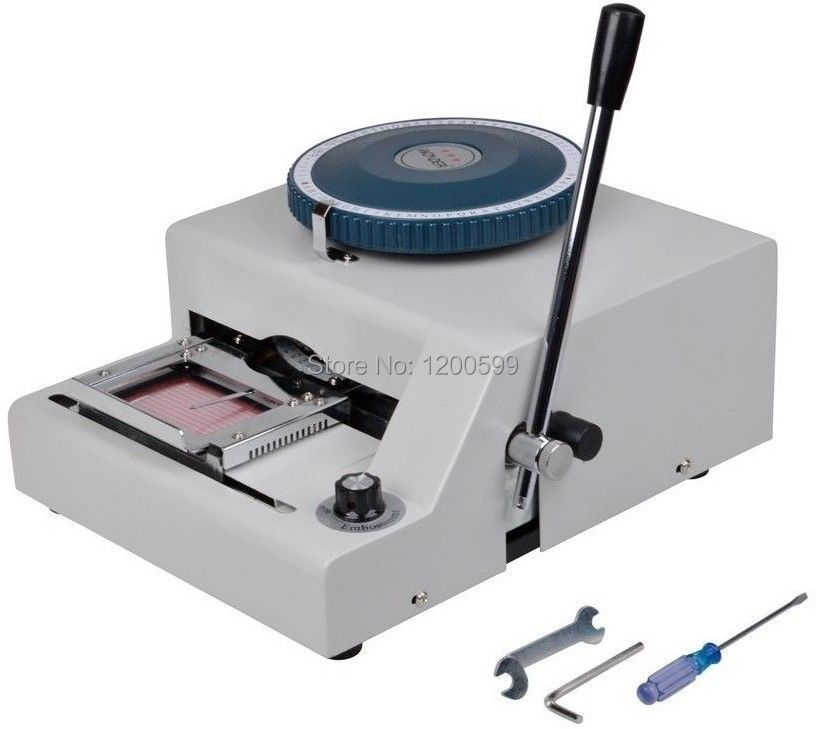Emboss Seqret Manual


EMBOSS: seqret seqret Wiki The master copies of EMBOSS documentation are available at on the EMBOSS Wiki. Please help by correcting and extending the Wiki pages. Recover Html Files Deleted Heyne Spline Patch Tutorial. on this page.
Function Reads and writes (returns) sequences Description seqret reads in one or more sequences and writes them out again. The sequence input may be a literal sequence or read from a database, file, file of sequence names, or even the command-line or the output of another programs. The sequence output can be written to screen, to file, or passed to another program. A wide range of standard sequence formats may be specified for input and output. If you don't specify the input format, seqret will try a set of possible formats until it reads it in successfully.
The sequence input and output, as for all EMBOSS programs, is described by a Uniform Sequence Address. Seca 284 Manual. This is is a very flexible way of specifying one or more sequences from a variety of sources and includes sequence files, database queries and external applications. There are many options built-in into EMBOSS for detailed specification of the input and output sequences, for example the sequence type, file format. Specification of sequence regions by begin and end positions, or generation of the reverse complement of a nucleic acid sequence. On output seqret can change the case of the sequence to upper or to lower case.
Seqret is useful for a variety of tasks, including extracting sequences from databases, displaying sequences, reformatting sequences, producing the reverse complement of a sequence, extracting fragments of a sequence, sequence case conversion or any combination of the above functions. Usage Here is a sample session with seqret Extract an entry from a database and write it to a file:% seqret Reads and writes (returns) sequences Input (gapped) sequence(s): tembl:x65923 output sequence(s) [x65923.fasta]: Example 2 Read all entries in the database 'tembl' that start with 'ab' and write them to a file.